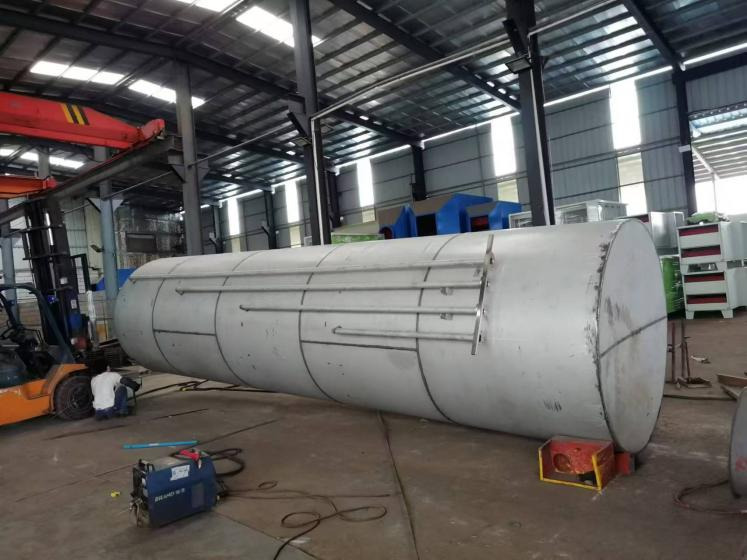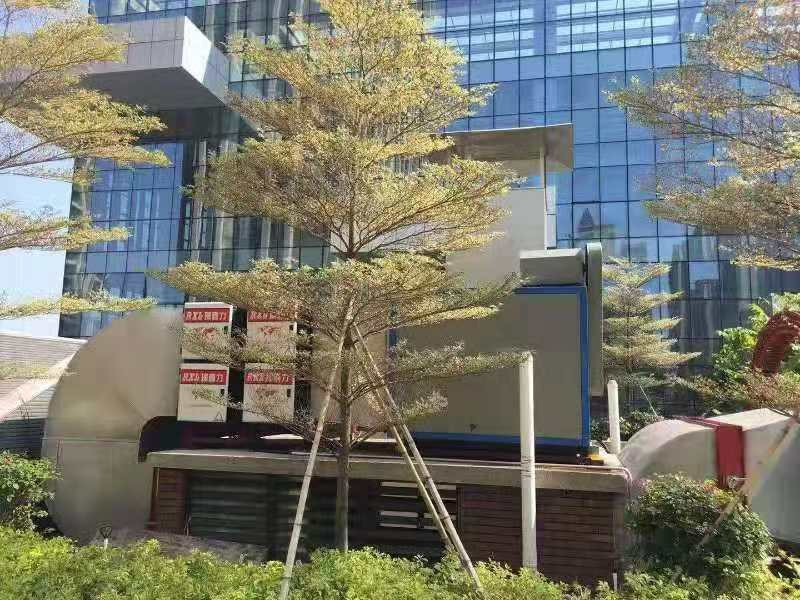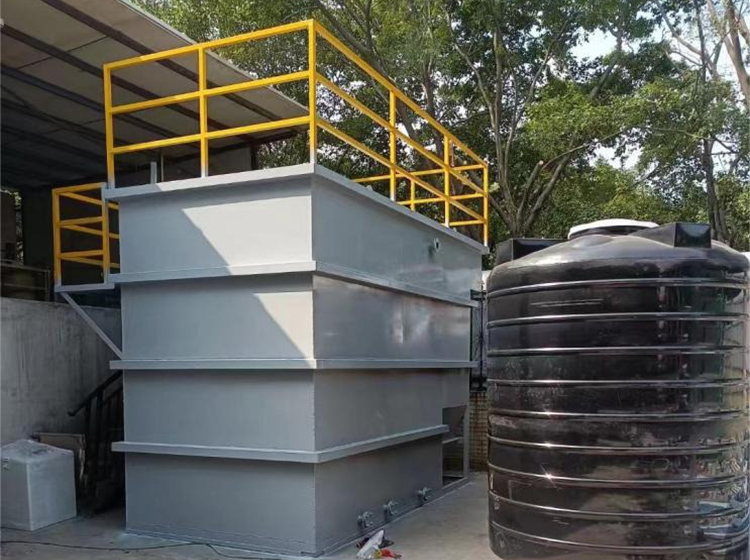What are the common equipment for organic waste gas treatment?
Spray painting exhaust gas treatment equipment requires the steps of first blocking particulate matter and then purifying organic waste gas for the treatment of spray painting exhaust gas. For working conditions with small spray painting volume, dry filtration of paint mist particulate matter can be used. If the spray painting volume is relatively large, it must be water-based, otherwise frequent replacement of consumables is troublesome and the cost of use is relatively high.
One of the equipment for spray painting exhaust gas treatment is a spray purification tower+UV photocatalytic equipment. PP spray tower and UV photocatalytic exhaust gas treatment equipment are selected. Firstly, the exhaust gas is introduced into the spray purification tower by a centrifugal fan and passes through the tower at a slow speed from left to right. The spray liquid in the spray room is atomized by the atomizer to form layers of water film. Firstly, the exhaust gas flows into the air chamber through the inlet of the spray tower, and then is washed with water through the first layer of packing to remove 50% -80% of the paint mist particles and the dissolved part of the water in the exhaust gas.
Spray purification tower+activated carbon adsorption box, the second of the paint spraying waste gas treatment equipment, the waste gas enters the purification tower from bottom to top from the air inlet under the spray purification tower body. Under the dynamic action of the fan, the waste gas quickly fills the air inlet section space, then rises evenly, and rises to the primary packing absorption section through the flow equalization layer.
On the surface of the packing material, a chemical reaction occurs with the exhaust gas deodorizer. The upper part of the exhaust gas treatment tower is the defogging section, where a large amount of organic waste gas mist trapped in the gas is removed. The clean air adsorbed by activated carbon (columnar activated carbon or honeycomb activated carbon) is discharged into the atmosphere through the exhaust pipe at the upper end of the exhaust gas purification tower.
Spray painting exhaust gas treatment equipment - dry filter box+photocatalytic treatment+activated carbon adsorption. UV photocatalytic treatment of exhaust gas environmental protection equipment, UV Baidu photocatalytic environmental protection equipment is a dry purification process and is currently a popular environmental protection equipment. It does not require any additives, does not produce wastewater or waste residue, and does not cause secondary pollution. It utilizes advanced photocatalytic technology. Under the action of a strong ultraviolet beam, exhaust gas molecules undergo cracking and differentiation, and undergo morphological changes. The original large molecule compounds are degraded into low molecule compounds, and the atoms and ions in the original exhaust gas are recombined to achieve the effect and purpose of purifying and treating the exhaust gas.
Spray purification tower+dry filter box+catalytic combustion equipment for spray painting and exhaust gas treatment. Spray painting exhaust gas catalytic combustion exhaust gas treatment, the exhaust gas treatment process adopts activated carbon adsorption concentration+catalytic combustion method; In addition, the organic waste gas generated during the spraying operation production process may contain a small amount of dust, paint mist, and impurities. Therefore, pre-treatment must be carried out before the waste gas enters the activated carbon adsorption device. Otherwise, the dust and impurities will accumulate in the activated carbon adsorption device for a long time, blocking the micropores of the activated carbon and affecting the adsorption effect.
The organic waste gas generated in the production spraying workshop is collected by a hood and drawn out of the workshop through a pipeline to enter the paint dust pretreatment equipment before entering the adsorption+desorption+catalytic combustion waste gas purification device. The exhaust gas first passes through the filter layer in the dust filter to remove dust particles. The purified gas is then passed into an activated carbon adsorption tower with honeycomb shaped activated carbon (one for backup and one for use), where it fully contacts with the honeycomb shaped activated carbon. The strong adsorption of organic matter by activated carbon is utilized to purify the gas, and the treated gas can meet emission standards. The device has stable performance and can achieve the expected results. After a period of operation, the adsorption bed will reach adsorption saturation, and the desorption catalytic combustion self equilibrium process will automatically cycle after 1 hour. At this time, the desorption regeneration system is turned on to desorb and regenerate activated carbon (without replacing activated carbon). The desorbed gas is burned by the catalytic combustion device to generate harmless gases such as carbon dioxide, water, and some heat. The entire adsorption and catalytic combustion process is automatically controlled by PLC.








